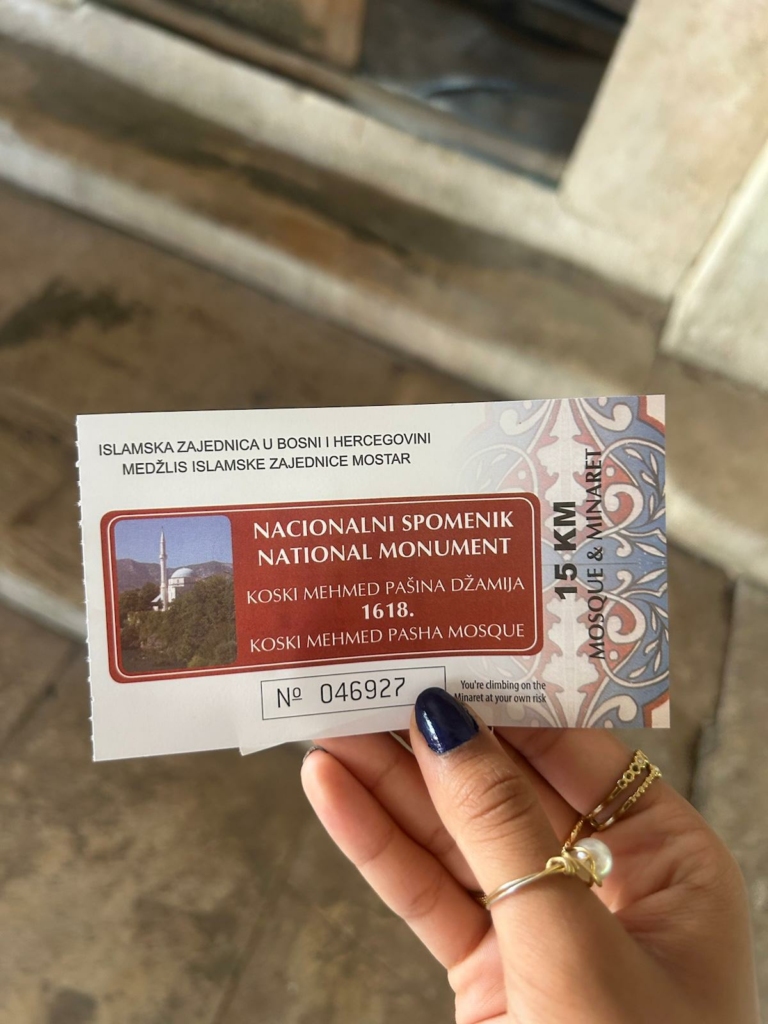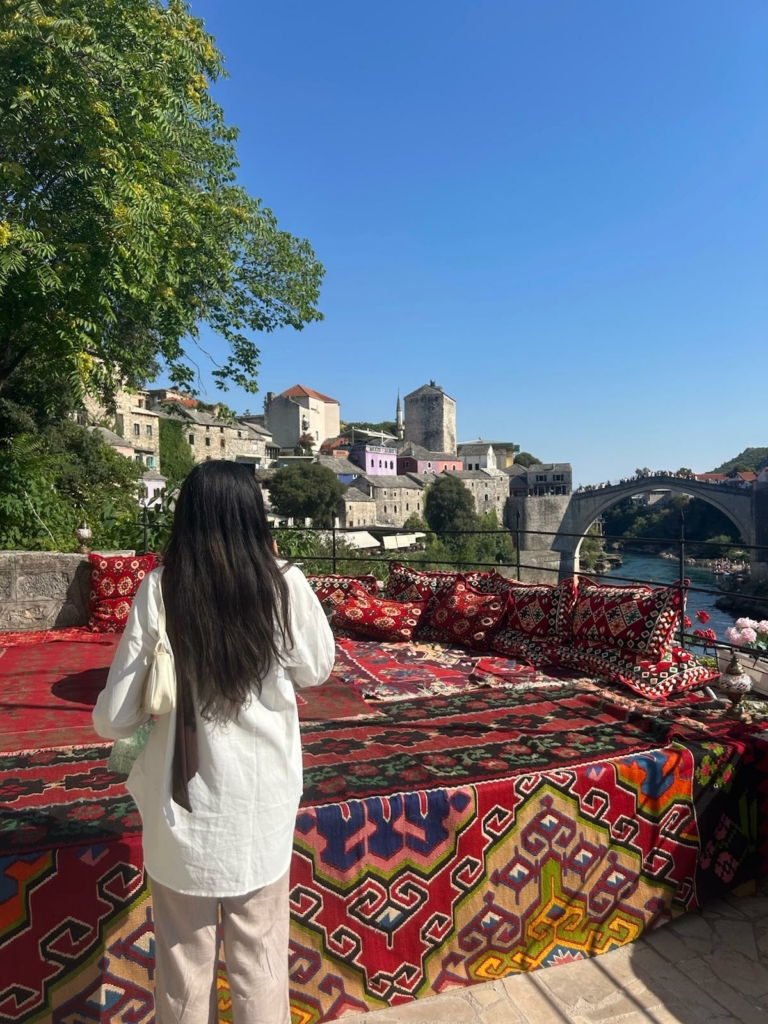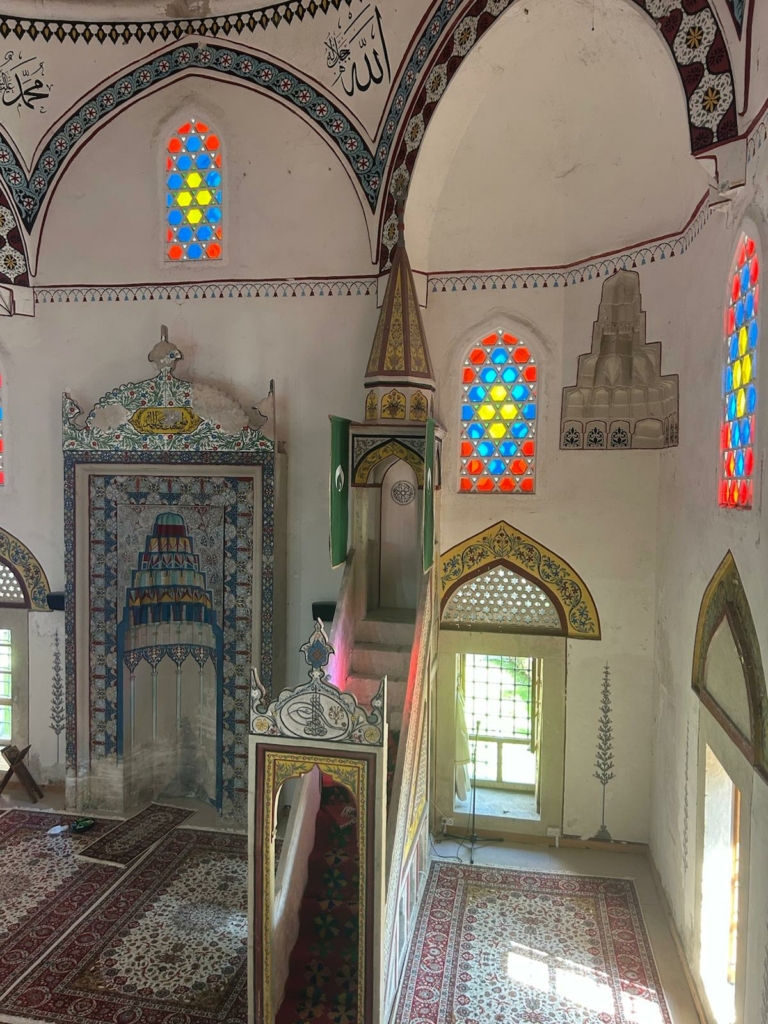Our time in Bosnia and Herzegovina was one of the most powerful parts of the journey. In Mostar, we visited the Old Bridge (Stari Most), a landmark that is more than just stone and arches. The bridge was destroyed during the war in the 1990s, leaving a gap in both the skyline and the community. When it was rebuilt years later, it became a symbol that recovery is possible. Today, the bridge is full of life again. Children jump into the river, locals chat along the rails, and visitors like us stop to take it in. Being there made us feel the weight of both history and hope in those stones.
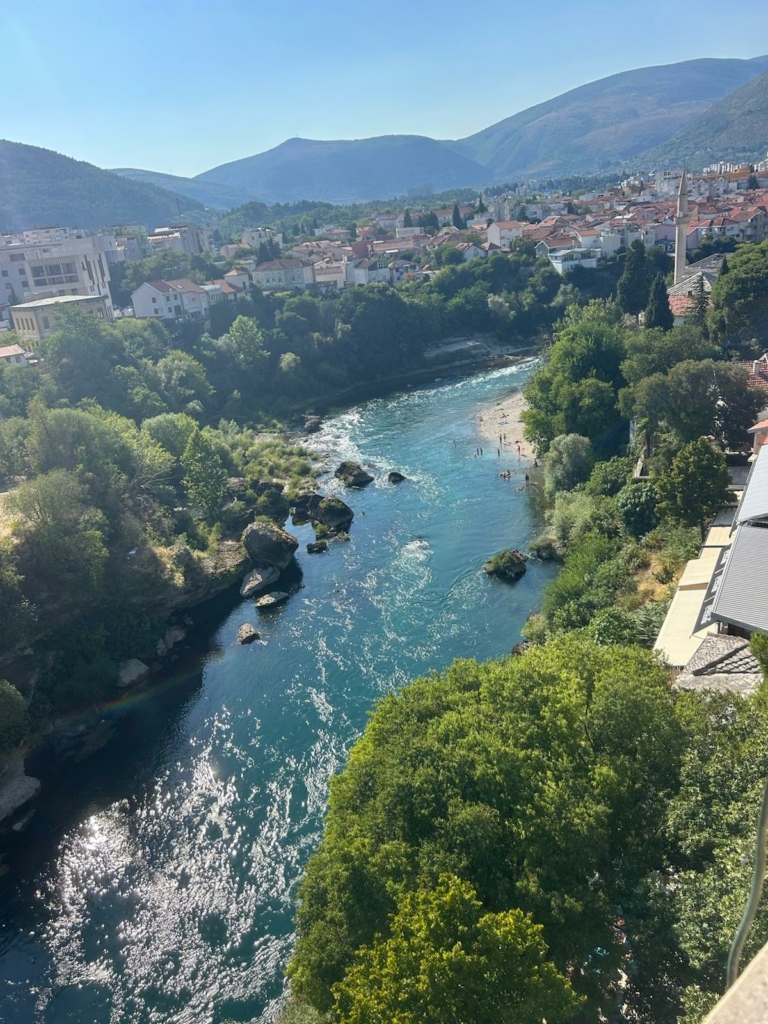
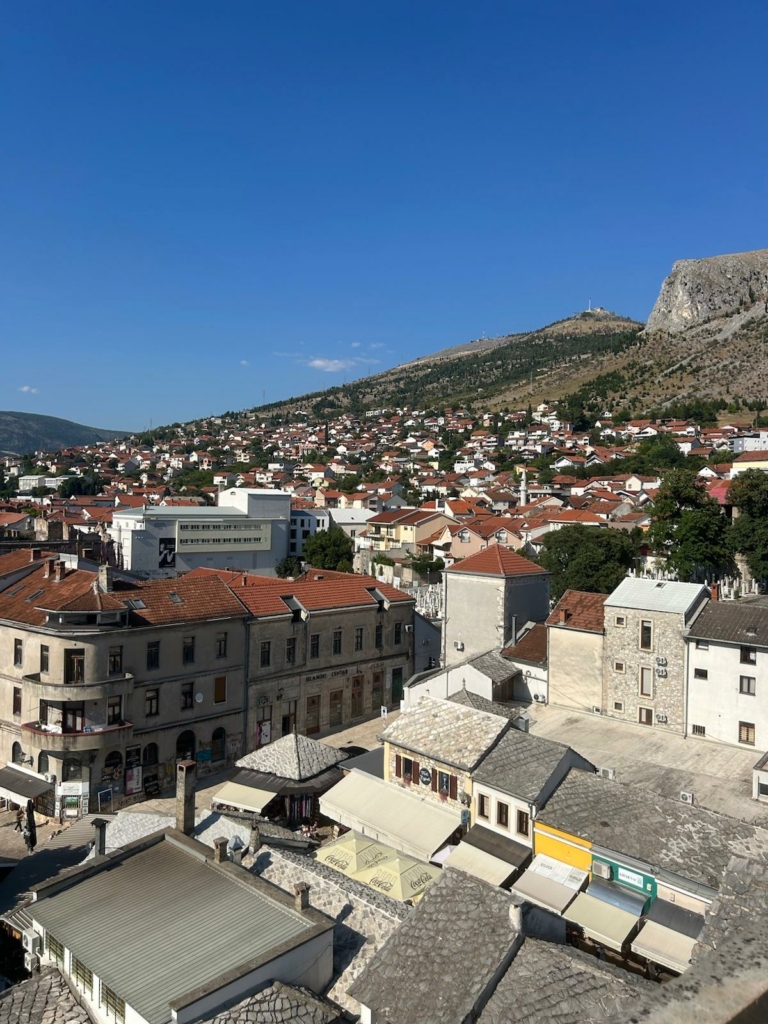
Visiting the War and Genocide Museum was a much heavier experience. The exhibits shared stories of suffering, resilience, and survival. Walking through it was difficult, but it was important. The museum doesn’t let history fade. One of the most powerful parts was seeing a space where visitors could leave notes for Bosnian citizens. Many of the notes called for peace and reflection. It made clear what happened and why remembering it matters. The museum reminded us that rebuilding is not merely about restoring buildings. The main purpose is to face the past honestly so that healing and progress are possible.
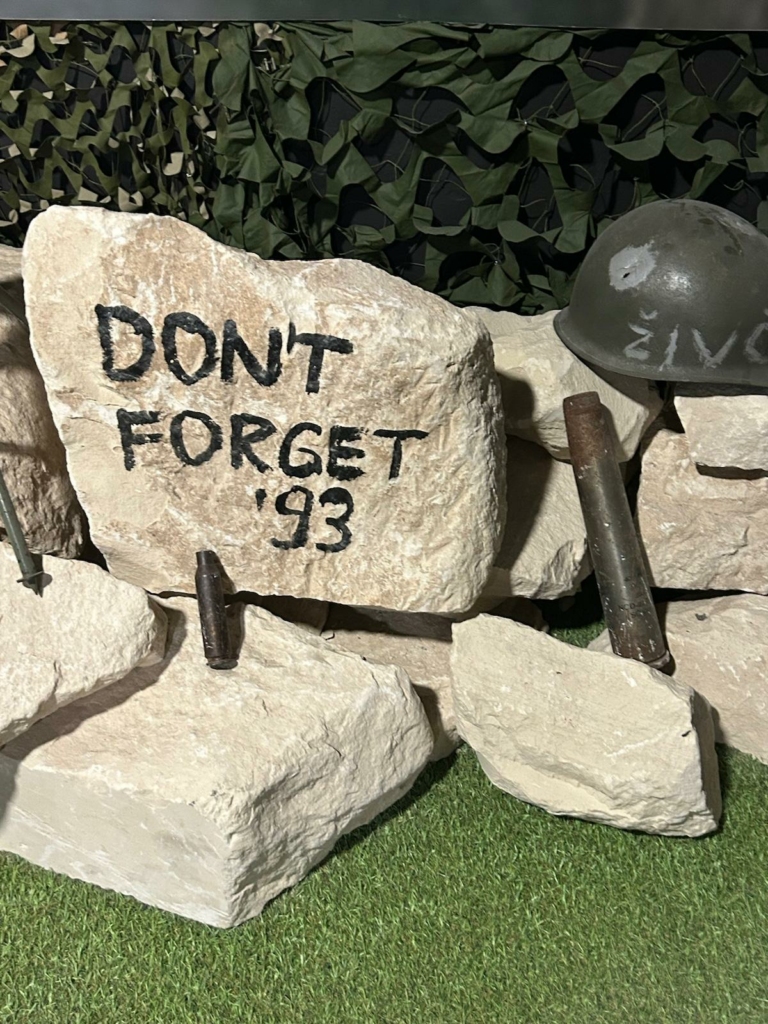

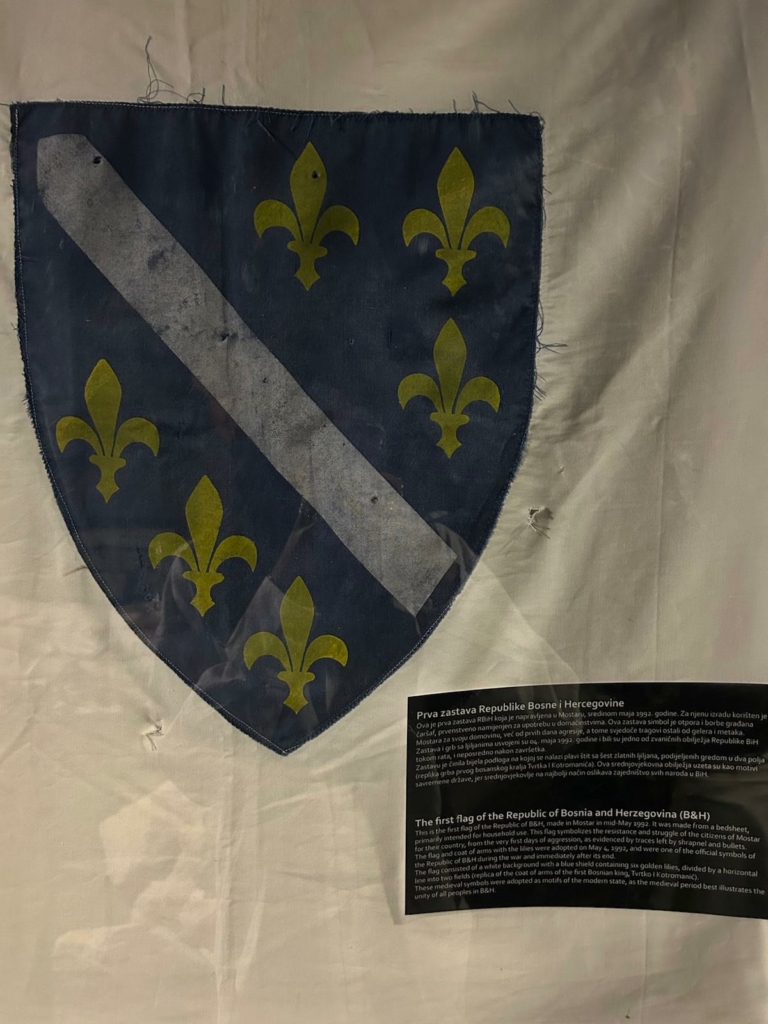
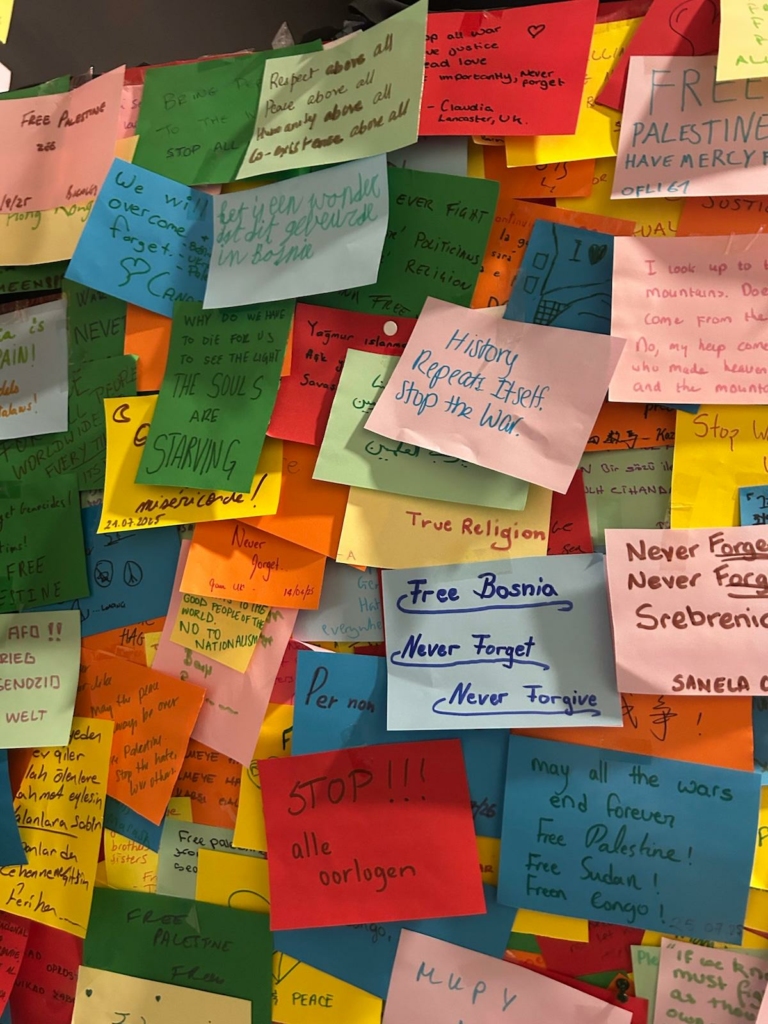
Outside these historic sites, we walked through the town’s streets, visiting local shops, exploring markets, and stepping into quiet mosques, including the Koski Mehmed Pasha Mosque & its Minaret. The call to prayer, the smell of food from small kitchens, and the everyday activity showed that Mostar is not only a place marked by tragedy but also a town that continues to thrive. For us, Bosnia and Herzegovina made our theme of Past Rebuilt, Future Reimagined clear. The Old Bridge shows that destruction doesn’t have to be the last word. The museum shows that truth and memory matter for the future. Finally, the life of the town shows that people keep building and imagining new futures.
